Study on the Spatiotemporal Distribution Characteristics of Dissolved Oxygen and Its Multi-source Driving Mechanisms in Typical Urban River Sections
DOI: 10.23977/erej.2025.090202 | Downloads: 10 | Views: 1188
Author(s)
Wu Ruibin 1
Affiliation(s)
1 Key Laboratory of Yangtze River Water Environment, Ministry of Education, Tongji University, Shanghai, 200092, China
Corresponding Author
Wu RuibinABSTRACT
This study takes the Nangang River in southern China as a case example to explore the causes of low dissolved oxygen (DO) levels in urban rivers located within tidal river networks. Through field sampling, real-time monitoring, and data analysis, this study systematically examines the impacts of factors such as water quality patterns in main and tributary rivers, sediment oxygen demand (SOD), water temperature, and tides on DO. The results show that the DO concentration in the Nangang River decreases along the river's length, with concentrations at sections 10#, 12#, and 14# falling below 6.0 mg/L during certain periods, indicating that the downstream areas are at long-term risk of oxygen depletion. The Siqing North tributary (DO < 3.0 mg/L, BOD5 > 6.0 mg/L, NH3-N > 2.0 mg/L) and the Tangwei tributary (pH > 9, ORP < 50 mV) create high-intensity pollution pulses in the main river, representing significant external sources of pollution. The sediment oxygen demand (SOD) at points 7# and 9# reached 0.53 and 0.42 g·m⁻²·d⁻¹, respectively, far exceeding the hypoxia threshold of 0.3 g·m⁻²·d⁻¹, and constituting an important endogenous factor contributing to the continuous decline of DO. A significant negative correlation was found between water temperature and DO (r = -0.70, p < 0.01), with water temperature having a stronger influence than COD and NH3-N. Tidal analysis showed that during the water diversion period, DO concentrations rapidly decreased, with the non-compliance rate reaching 99.6% in August 2022, indicating that tidal input under high-temperature conditions has a negative effect on reoxygenation. This study identifies the synergistic regulatory effects of multi-source coupling mechanisms, including tributary pollution, sediment oxygen demand, water temperature, and tidal interference, on the evolution of DO. It suggests prioritizing source control of highly polluted tributaries, sediment restoration in areas with high SOD values, and optimization of gate scheduling during summer to achieve the dual objectives of managing DO risks and restoring urban river ecosystems.
KEYWORDS
Dissolved Oxygen; Sediment Oxygen Demand; Pollution Input from Tributaries; Tidal River Networks; Urban RiversCITE THIS PAPER
Wu Ruibin, Study on the Spatiotemporal Distribution Characteristics of Dissolved Oxygen and Its Multi-source Driving Mechanisms in Typical Urban River Sections. Environment, Resource and Ecology Journal (2025) Vol. 9: 7-19. DOI: http://dx.doi.org/10.23977/erej.2025.090202.
REFERENCES
[1] NORTH R P, NORTH R L, LIVINGSTONE D M, et al. Long-term changes in hypoxia and soluble reactive phosphorus in the hypolimnion of a large temperate lake: Consequences of a climate regime Shift[J]. Global Change Biology, 2014, 20(3): 811-823.
[2] KANNEL P R, LEE S, LEE Y-S, et al. Application of water quality indices and dissolved oxygen as indicators for river water classification and urban impact Assessment[J]. Environmental Monitoring and Assessment, 2007, 132(1): 93-110.
[3] JANE S F, HANSEN G J A, KRAEMER B M, et al. Widespread deoxygenation of temperate Lakes[J]. Nature, 2021, 594(7861): 66-70.
[4] ZHAO H-C, WANG S-R, ZHAO M, et al. Rrelationship between the DO and the environmental factors of the water body in lake Erhai][J]. Huan Jing Ke Xue= Huanjing Kexue, 2011, 32(7): 1952–1959.
[5] NEAL C, HOUSE W A, JARVIE H P, et al. The water quality of the river dun and the kennet and avon Canal[J]. Journal of Hydrology, 2006, 330(1–2): 155-170.
[6] HE B, DAI M, ZHAI W, et al. Hypoxia in the upper reaches of the pearl river estuary and its maintenance mechanisms: A synthesis based on multiple year observations during 2000-2008[J]. Marine Chemistry, 2014, 167: 13-24.
[7] CHI L, SONG X, YUAN Y, et al. Distribution and key influential factors of dissolved oxygen off the changjiang river estuary (CRE) and its adjacent waters in China[J]. Marine Pollution Bulletin, 2017, 125(1–2): 440-450.
[8] LI W, FANG H, QIN G, et al. Concentration estimation of dissolved oxygen in pearl river basin using input variable selection and machine learning Techniques[J]. Science of the Total Environment, 2020, 731: 139099.
[9] ZHANG H, LI S. Effects of physical and biochemical processes on the dissolved oxygen budget for the pearl river estuary during Summer[J]. Journal of Marine Systems, 2010, 79(1–2): 65-88.
[10] HUANG J, YIN H, CHAPRA S C, et al. Modelling dissolved oxygen depression in an urban river in China: 7[J]. Water, 2017, 9(7): 520.
[11] LI X, LU C, ZHANG Y, et al. Low dissolved oxygen in the pearl river estuary in summer: Long-term spatio-temporal patterns, trends, and regulating Factors[J]. Marine Pollution Bulletin, 2020, 151: 110814.
[12] BAXA M, MUSIL M, KUMMEL M, et al. Dissolved oxygen deficits in a shallow eutrophic aquatic ecosystem (fishpond) - sediment oxygen demand and water column respiration alternately drive the oxygen Regime[J]. Science of the Total Environment, 2021, 766: 142647.
[13] Huang Weihui, Ma Chunzi, Li Wenpan, et al. Spatial and temporal variation of dissolved oxygen in China's surface water and its response to global warming [J]. Environmental Science Journal, 2021,41(5):1970-1980.
[14] CHI L, SONG X, DING Y, et al. Heterogeneity of the sediment oxygen demand and its contribution to the hypoxia off the changjiang estuary and its adjacent Waters[J]. Marine Pollution Bulletin, 2021, 172: 112920.
[15] RONG N, SHAN B, WANG C. Determination of sediment oxygen demand in the ziya river watershed, china: Based on laboratory core incubation and microelectrode Measurements[J]. International Journal of Environmental Research and Public Health, 2016, 13(2): 232.
[16] CHENG S, MENG F, WANG Y, et al. The potential linkage between sediment oxygen demand and microbes and its contribution to the dissolved oxygen depletion in the gan River[J/OL]. Frontiers in Microbiology, 2024, 15.
[17] INOUE T, NAKAMURA Y. Effects of hydrodynamic conditions on sediment oxygen demand: Experimental study based on three Methods[J]. Journal of Environmental Engineering, 2009, 135(11): 1161-1170.
[18] MARZADRI A, TONINA D, BELLIN A. Quantifying the importance of daily stream water temperature fluctuations on the hyporheic thermal regime: Implication for dissolved oxygen Dynamics[J]. Journal of Hydrology, 2013, 507: 241-248.
[19] FU Q, JIANG H, DONG C, et al. Tidal-driven water residence time in the bohai and yellow seas: The roles of different tidal Constituents[J]. Water, 2025, 17(6): 884.
| Downloads: | 5940 |
|---|---|
| Visits: | 442181 |
Sponsors, Associates, and Links
-
International Journal of Geological Resources and Geological Engineering
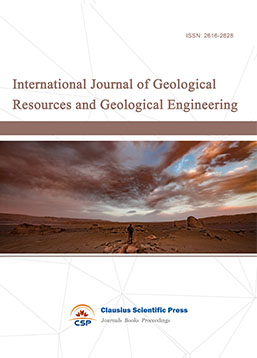
-
Big Geospatial Data and Data Science
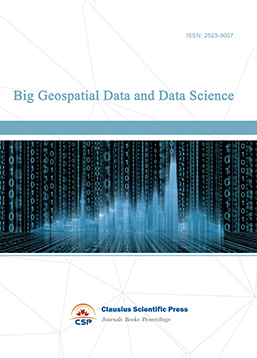
-
Solid Earth and Space Physics
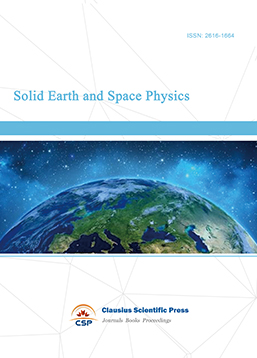
-
Environment and Climate Protection
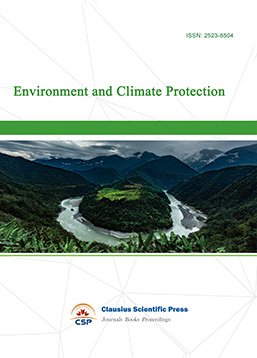
-
Journal of Cartography and Geographic Information Systems
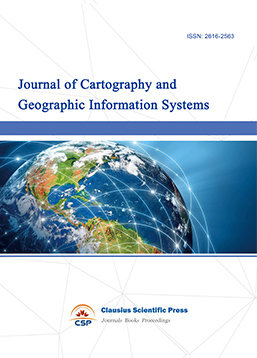
-
Offshore and Polar Engineering
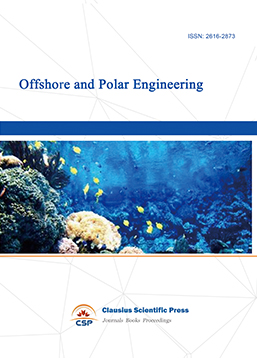
-
Physical and Human Geography
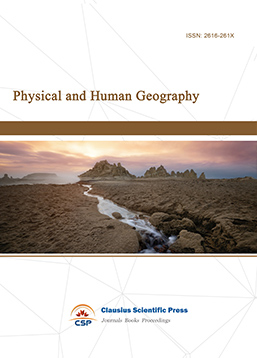
-
Journal of Atmospheric Physics and Atmospheric Environment
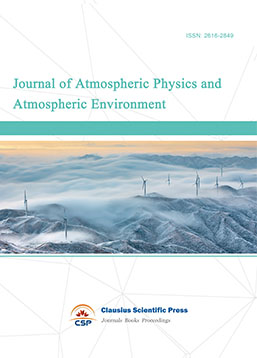
-
Trends in Meteorology
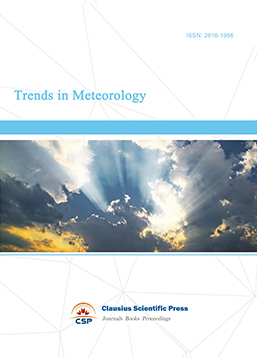
-
Journal of Coastal Engineering Research
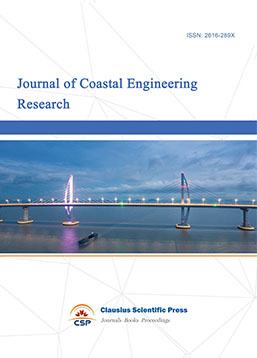
-
Focus on Plant Protection
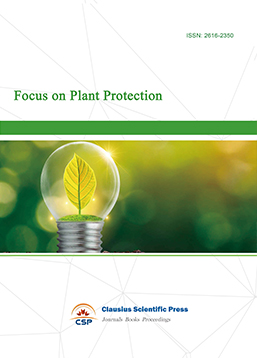
-
Toxicology and Health of Environment
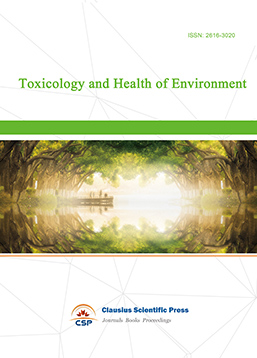
-
Geoscience and Remote Sensing
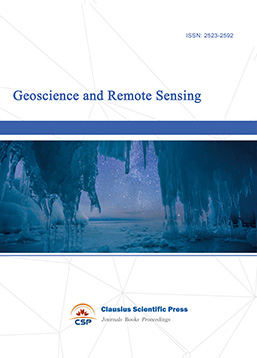
-
Advances in Physical Oceanography
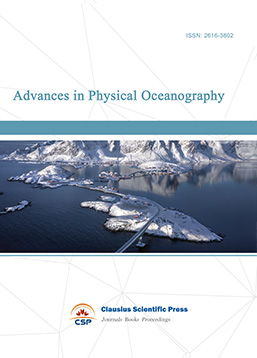
-
Biology, Chemistry, and Geology in Marine
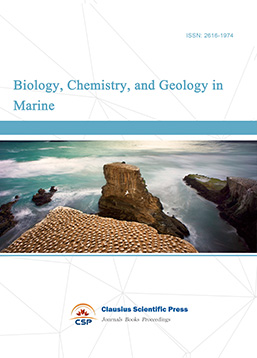
-
Water-Soil, Biological Environment and Energy
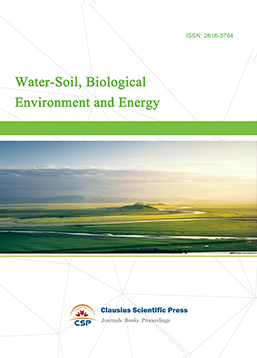
-
Geodesy and Geophysics
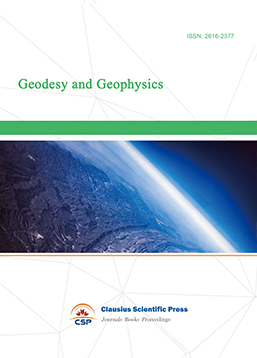
-
Journal of Structural and Quaternary Geology
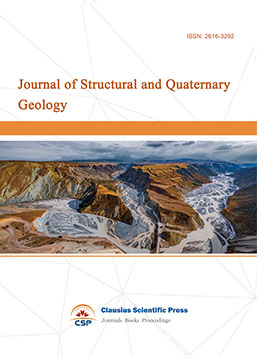
-
Journal of Sedimentary Geology
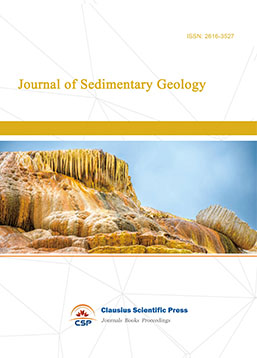
-
International Journal of Polar Social Research and Review
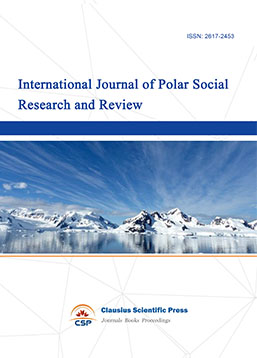

 Download as PDF
Download as PDF